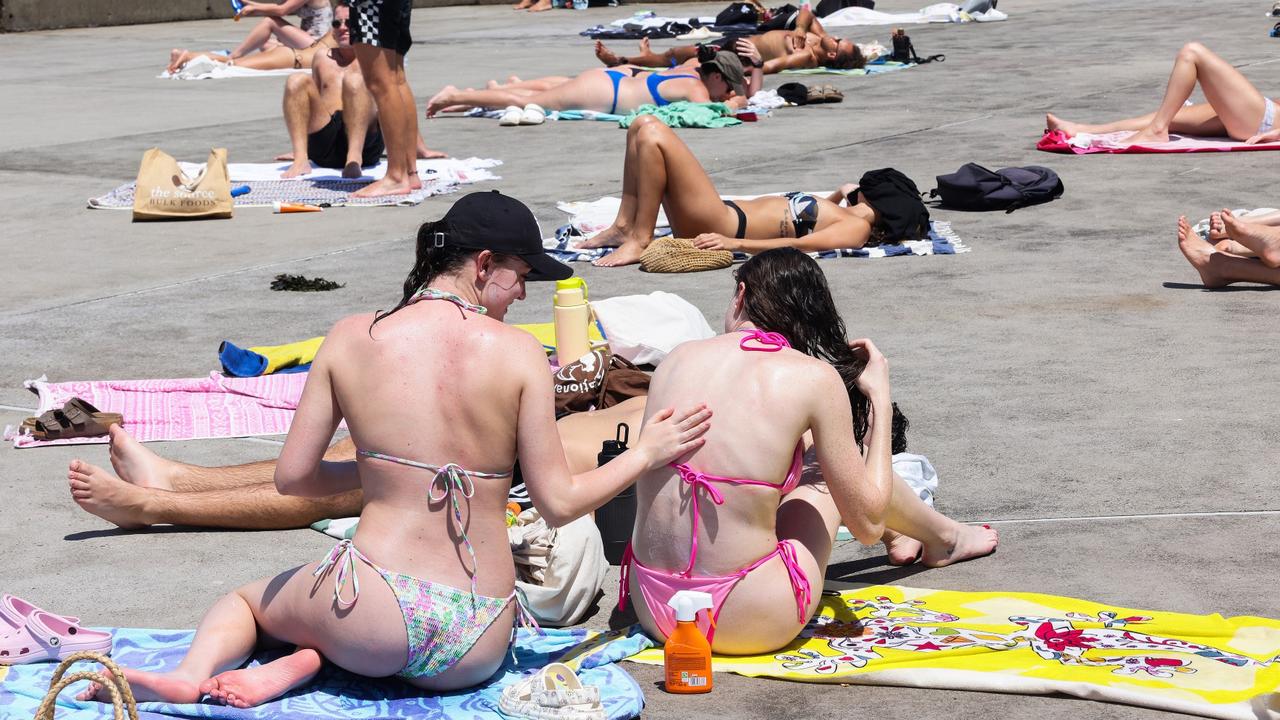Cancer experts concerned as rate of diagnoses drops in major state
Cancer cases have suddenly and unexpectedly dropped in a major Australian state, causing alarm among experts.
The number of people being diagnosed with cancer in Victoria has dramatically dropped, causing alarm among experts that Aussies are living with the disease unnoticed.
Recent statistics from the Victorian Cancer Council saw an unprecedented decline in reported diagnoses of cancer when compared to what was expected for 2022.
To the unsuspecting, these results would have been a positive thing. However, to experts it is anything but.

A recent report on the impact of Covid-19 on cancer outcomes in Australia showed the pandemic may have been the catalyst for exposing the existing gaps in detection and treatment of cancer.
The report found evidence that the pandemic impacted the ability for patients to get tested and for hospitals to perform screening, diagnosis and provide treatment across Australia.
To add to the concern, the usual diagnosis rate is expected to increase by 4 per cent each year. This increase did not occur, with the number of new diagnoses from 2019 to 2021 being only 1 per cent higher. This means the rate fell by 3 per cent.
The Victorian Cancer Council found that in 2022, an average of 98 Victorians were diagnosed with cancer each day. That average is an approximation from the total of 35,656 cases in 2022.
With the population growth and the ageing population, the percentage and numbers should have been higher.
Director of the Victorian Cancer Registry (VCR), Professor Sue Evans shared her concern with news.com.au.
“Statistics showed we should have seen an increase in cases in 2022,” she said. “A decline has been going on for the past three years but it is usually stable.”
The VCR expected a drop in 2020 with the introduction of Covid-19, but what they did not expect was that the 2022 numbers would decline below 2021’s numbers.
“We had hoped to see the trend increase,” Professor Evans said.
She added that with restrictions eased and ever-increasing population numbers, there should have been more cases.

VCR statistics found that just shy of 7,000 cases were missing in Victoria. From 2020 to 2022, there was a decrease of 6,600 in the expected estimated total number of cancer-related diagnoses.
Prof Evans also said Covid-19 had no immediate impact on the VCR’s research and the functioning of cancer departments in Victoria. She believes the lack of cases were from people who may not have been tested due to an influx of Covid patients in Victorian hospitals the years prior.
“There was never a delay in the hospitals … the patients getting tested was where the cases went missing,” she said.
She stressed there could be Victorians living with cancer and not knowing it.
“There could very well be people in the community that have not been tested,” she said.
“Most cancers are slow growing but any delay in getting checked and the longer you leave it, the more extensive the treatment will become.”
In the next 15 years, the number of cancer diagnoses is expected to increase by 43 per cent.
Cancer is the leading cause of disease burden in Victoria with a potential average of 101 diagnoses every day.

The current leading cancer diagnoses are prostate, bowel, melanoma, lung and breast cancers.
Aboriginal Victorians are twice as likely to be diagnosed with cancer than non-Indigenous people.
Regional Victorians are 9 per cent more likely to be diagnosed with cancer than those living in metropolitan areas and are also more likely to be diagnosed with melanoma.
While the mortality rate of cancers in Victorians is expected to decline over the next 15 years, it is still the cause of death for nearly one in three residents.
Prof Evans believes that if more awareness is brought to the community it will likely encourage more people to get tested.
The Cancer Council’s current initiatives are centred around boosting awareness and testing numbers.
“There are a number of campaigns to help … there’s a big push at the moment to get tested for bowel cancer, especially towards men,” she said, adding that men are less likely to get tested than women.
Prof Evans said it is “hard to know” whether there is an expected increase for 2023.
She acknowledged that the VCR expects a surge from 2022, but it will know more when the 2023 data is released.
“I would hope we can see some of the missing cases from 2022,” she said.
Prof Evans stressed that attention and media are major contributors in promoting cancer awareness. She acknowledged that while the Cancer Council can promote testing and work with other organisations, it is the media that brings the next level of awareness.
“It’s about talking,” said Prof Evans. “The media gets people talking and talking helps in getting people tested. I hope it (the campaigning) pays off in making Victorians feel safer.”
If you are worried, get tested. Find more information via the Cancer Council website





